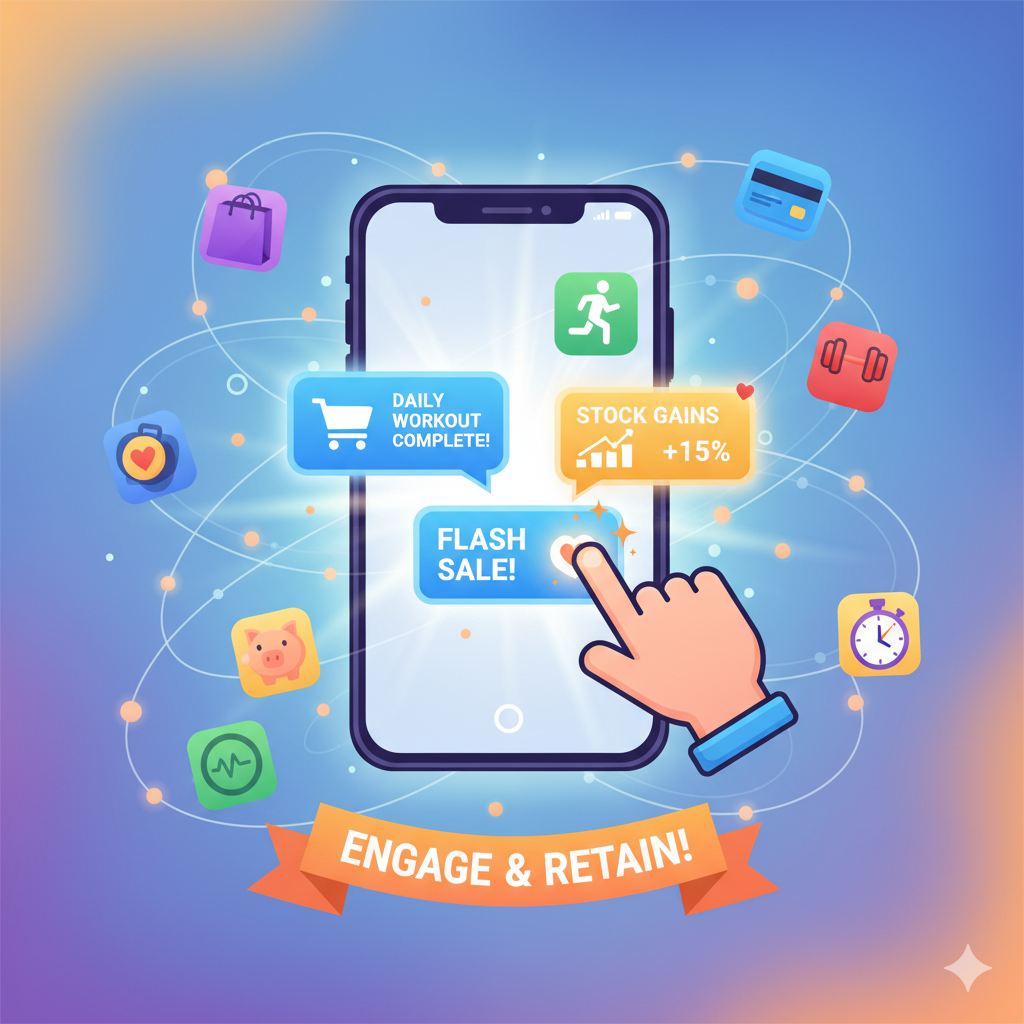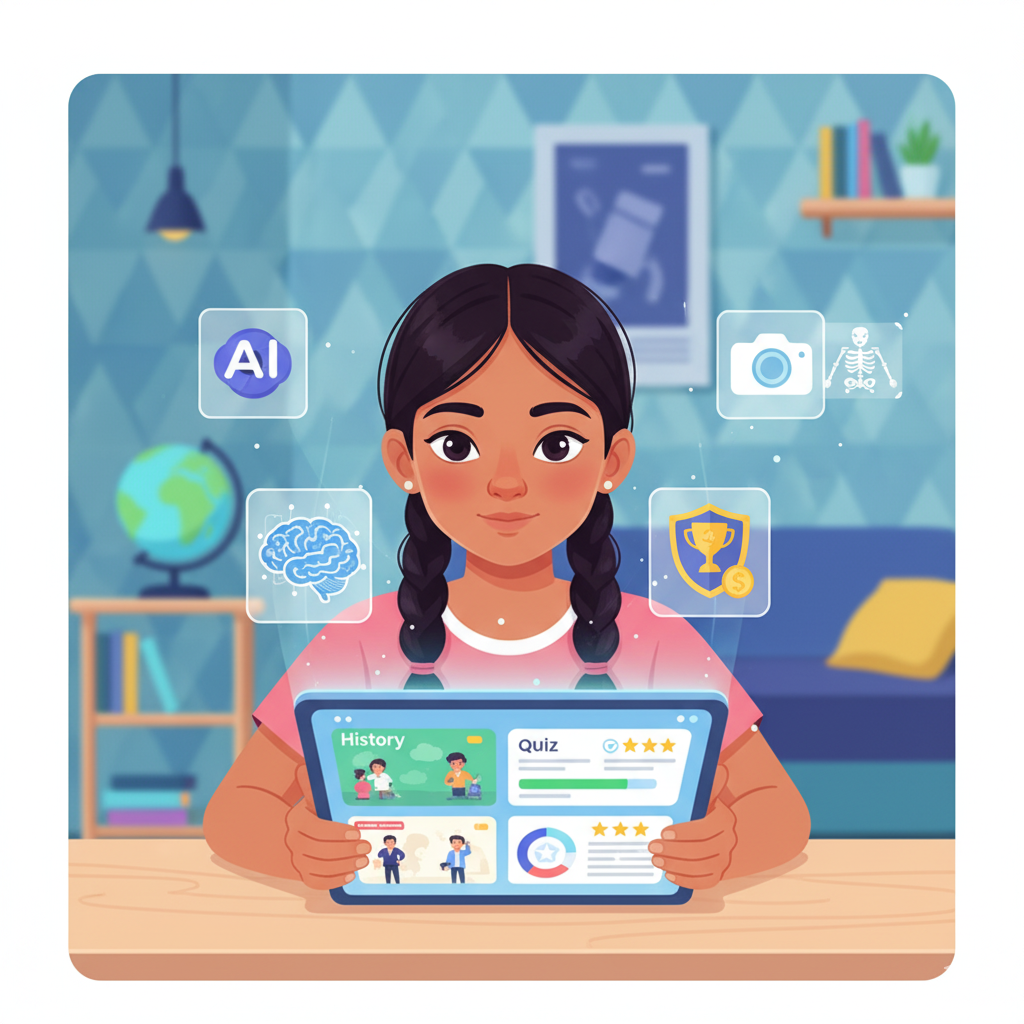In today’s fast-paced digital world, attention is the most valuable currency. Mobile apps that succeed are the ones that can re-engage users effectively — and one of the most powerful tools to achieve this is the push notification.
🔔 What Are Push Notifications?
Push notifications are short, clickable messages sent directly to a user’s mobile device. They appear on the lock screen or notification bar, even when the app isn’t open. These messages remind users about updates, offers, or actions they might want to take.
💡 Why Push Notifications Matter
The average smartphone user installs dozens of apps but regularly uses only a few. Push notifications help keep your app top of mind by nudging users to return. When used strategically, they can boost retention rates, increase engagement, and drive sales.
⚙️ Best Practices for Effective Notifications
- Personalization: Customize messages with user names or preferences for higher impact.
- Timing: Send notifications at the right time — avoid waking users or interrupting their workday.
- Relevance: Every message should provide clear value — discounts, updates, or reminders.
- Frequency Control: Don’t spam. Too many notifications can lead to uninstalls.
- A/B Testing: Experiment with different messages to learn what works best.
📈 Real-World Impact
E-commerce apps like Amazon and Flipkart use push notifications to promote flash sales. Fitness apps send daily motivational quotes or progress updates. Finance apps alert users about spending or investment trends. The possibilities are endless — if you strike the right tone.
🔐 Privacy and Trust
Users are becoming more privacy-conscious. Always provide opt-in choices and transparency about what notifications they’ll receive. Respecting user preferences builds long-term loyalty.
💬 Final Thoughts
Push notifications are small messages with big potential. When used wisely, they can turn a one-time user into a loyal customer. The secret lies in sending the right message, to the right person, at the right time.




